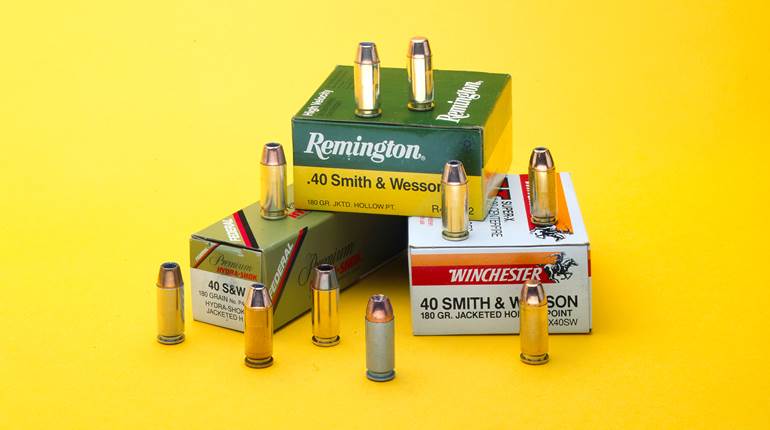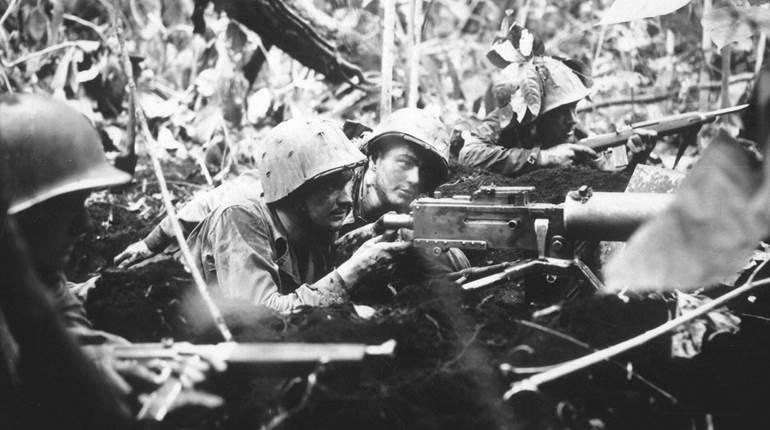
Recently, I saw an old copy of a movie poster from the 1980s. The film was called “The Grey Fox” and starred the late Richard Farnsworth—a wonderful actor in an off-beat western set in Canada at the turn of the century. That poster, a small triumph of the graphic arts, showed a dour Farnsworth in period dress with a big revolver stuffed in his waistband. It was the gun that caught my eye and intrigued me into seeing the movie when it was originally released. The film is a movie-go-er’s delight, but I have to chuckle about why I was personally attracted to it. As a life-long so-called “gun guy,” I was enthralled with someone using a Bisley Colt.
From 1894 to 1915, Colt Firearms sold a special version of the classic Single Action Army revolver. Named for the internationally known shooting venue in England, the Bisley was intended to be a competition piece. The Bisley became as popular as the Single Action Army, if not more so, in the hands of shooters who realized that the gun’s special features made it a natural for speed shooting. And—for the pure competition shooter—there was a Bisley Target Model with much improved sights.
While the original Peacemaker worked very well, especially when fired with one hand, it was slow to quickly fire accurately because it rolled in the hand with recoil. The Bisley version was developed to keep the gun under better control and speed up recoil recovery.
It starts with the distinctive Bisley hammer, which has a spur that is lower and wider than the original SAA type. Shaped in such a way that its highest point is below the line of the top of the frame, this hammer is easier to reach with the thumb of the shooting hand. Of course, like all Colt SAA variants, the outline of the butt is formed by the shape of the backstrap and trigger guard, and how these two parts abut the mainframe. On the SAA, they’re shaped to make the gun point beautifully, but roll on firing. On a Bisley, they create a longer butt that forces the hand higher and takes recoil more straight to the rear. To finish off the modification, Colt fitted the Bisley with an enlarged trigger guard and a wider, more radically curved trigger. There’s no doubt but that the modified Bisley is a better handling, easier to shoot handgun.
While it all started for purposes of competition, revolver shooters took rather quickly to the Bisley and used it for just about everything. A decade into the 20th Century, Colt wasn’t selling many single-actions of any kind. Then, in 1915, Colt sold the last Bisley, which many shooters thought was as ugly as a mud fence. I, however, always thought the gun was kind of classic Victorian in its look.






































